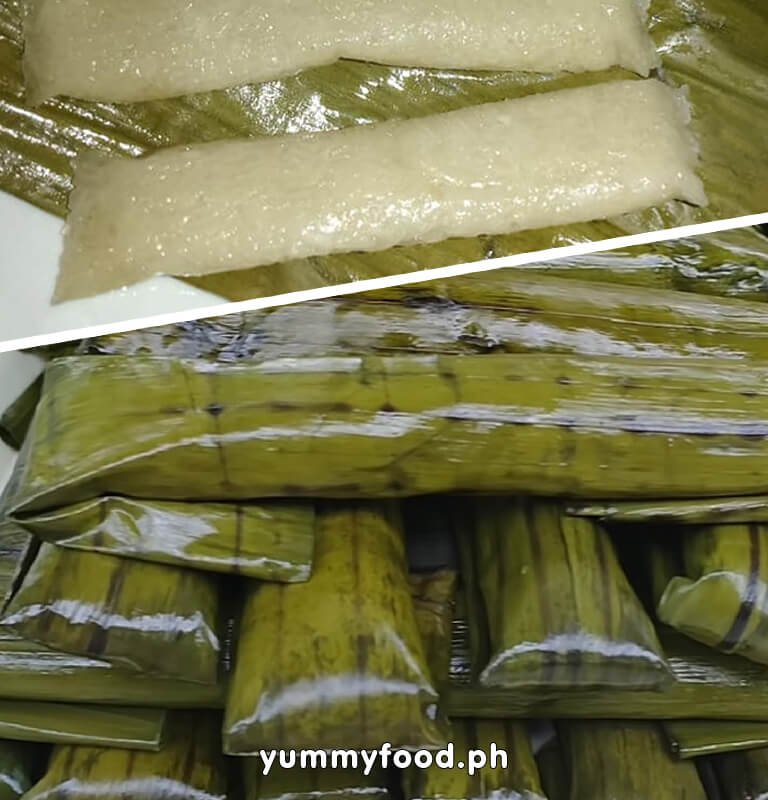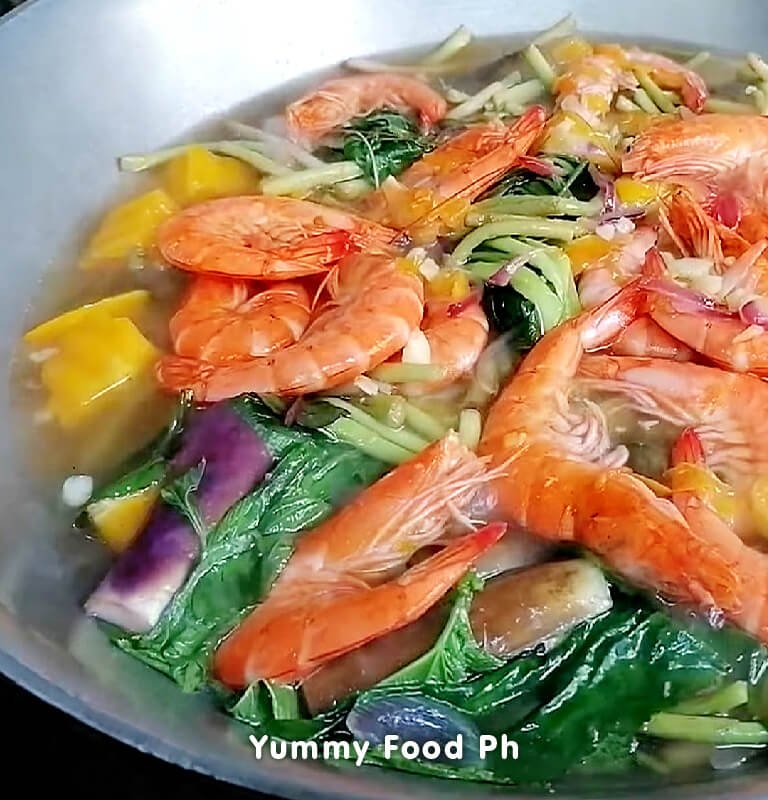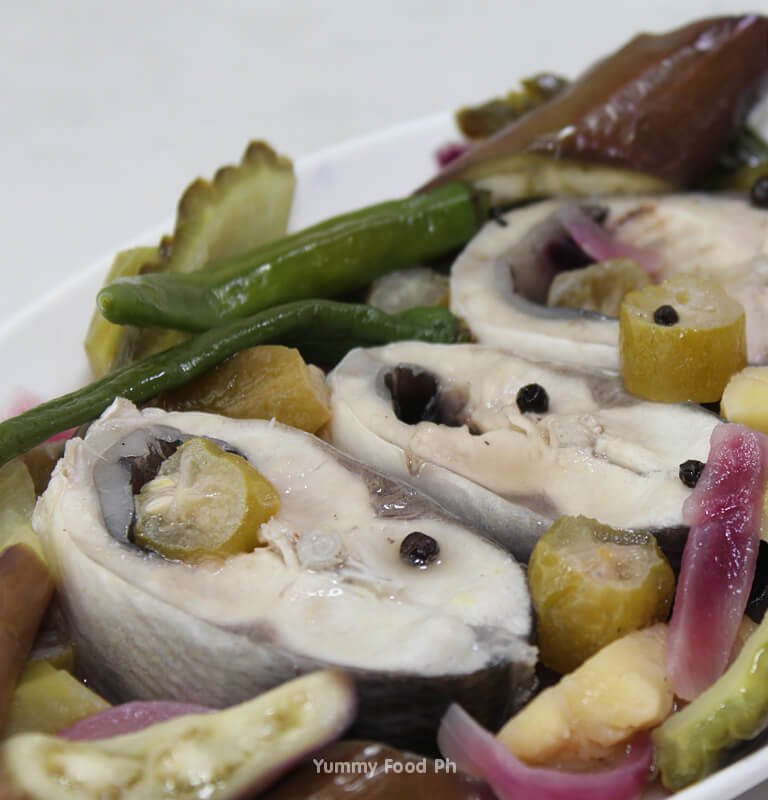Suman Malagkit Recipe: The Timeless Filipino Rice Cake Treasure
A Cultural Icon Wrapped in Banana Leaves
Suman Malagkit, known as Budbud Pilit in Visayan regions, represents one of the most cherished traditional Filipino kakanin (rice cakes). This humble yet profoundly significant delicacy embodies the ingenuity of Philippine culinary heritage, transforming basic ingredients into a treat that has comforted generations. Wrapped in nature’s perfect packaging – banana leaves – each bundle carries centuries of culinary tradition.
The Science of Perfect Texture
The magic of Suman lies in its:
- Precise rice-to-liquid ratio creating ideal chewiness
- Natural preservative properties of coconut milk
- Banana leaves’ enzymatic effect enhancing flavor
- Gelatinization process of glutinous rice starch
- Maillard reaction during caramelization with latik
Regional Variations Across the Archipelago
While fundamentally similar, regional adaptations include:
- Luzon Version: Often wider and shorter
- Visayan Style (Budbud Pilit): Typically longer and thinner
- Mindanao Interpretation: Sometimes incorporates turmeric
- Bicolano Twist: Uses gata (coconut milk) more generously
- Ilocano Version: Frequently paired with mango
The Ritual of Preparation
Traditional methods emphasize:
- Meticulous banana leaf preparation (wilting and cleaning)
- Age-old rice washing techniques
- Wood-fired cooking for authentic flavor
- Community-style batch preparation
- Time-honored wrapping techniques
Nutritional Aspects of This Heritage Food
Beyond being delicious, Suman offers:
- Slow-releasing energy from glutinous rice
- Medium-chain fatty acids from coconut milk
- Trace minerals from banana leaf infusion
- Lower glycemic impact than western desserts
- Gluten-free properties
Socio-Cultural Significance
Suman holds special meaning as:
- A fiesta and holiday staple
- A traditional offering in rituals
- A symbol of Filipino hospitality
- A common pasalubong (travel gift)
- A representation of provincial identity
Modern Interpretations and Innovations
Contemporary versions now feature:
- Chocolate-infused variants
- Ube and pandan flavored versions
- Deconstructed plating for restaurants
- Health-conscious sugar alternatives
- Miniaturized versions for cafes
Why Suman Endures in Filipino Hearts
This delicacy remains beloved because:
- It connects Filipinos to childhood memories
- Represents affordability and resourcefulness
- Showcases local ingredients beautifully
- Travels well without spoiling
- Perfectly balances simplicity and satisfaction
The Art of Perfect Pairings
Traditional accompaniments enhance the experience:
- Rich tsokolate (tablea-based hot chocolate)
- Caramel-like latik (coconut curds)
- Mango slices for contrast
- Grated mature coconut for texture
- A pinch of sea salt for complexity
Suman Malagkit stands as a delicious testament to Filipino culinary wisdom – proving that extraordinary flavors can come from the simplest preparations. Its enduring popularity across all social classes demonstrates how traditional foods can maintain relevance in modern times while preserving cultural identity and culinary heritage.
For more recipes please feel free to browse our recipe archive. Share and enjoy the food.
Visit us on YouTube: Yummy Food PH

Suman Malagkit Recipe or Budbud Pilit Bisaya
Description
Suman Malagkit recipe or Budbud Pilit (bisaya version). This Filipino delicacy needs only a few ingredients to make, such as glutinous rice or pilit in bisaya, coconut milk, sugar, salt, and water. Our recipe is very simple and plain. Some variation for this recipe they added ginger to bring extra flavor. The Filipino delicacy is so addictive and this is one of them. This snacks or dessert is best to eat with latik sauce or a cup of hot chocolate. (sekwate sa bisaya).
Ingredients
Instructions
Prepare the banana leaves and pass them over the gas flames for about 20 seconds, or until they are pliable.
Trim the stiff ends. Cut into rectangles shape like 8 x 6-inch. Clean the banana leaves using a wet cloth. Set aside.
Rinse and drain glutinous rice.
Combine the coconut milk, sugar, and salt in a large pot over medium heat. Stir until the sugar and salt are completely dissolved.
Stir in the glutinous rice until it is evenly distributed. Bring to a simmer, then reduce to a low heat and cover. Let it cook until all liquids are gone.
Remove from the heat and set aside to cool slightly.
Scoop about 2 tablespoons or more of rice into a banana leaf, then tightly roll the banana leaves around the rice to make a log shape. To seal, fold 1 1/2 inches of each end towards the middle.
Arrange suman in a pot, folded side down and cover with about 1 inch of water. Place a layer of banana leaves over suman and cover pot with lid.
Cook for 45 minutes over medium heat, or until the rice is fully cooked.
Tips: If steamer is available it is best to use it to cook the suman than boiling.Remove the suman from the pot and wipe it with a clean cloth to remove any excess water then serve. Suman goes best with latik sauce or a cup of hot chocolate (sekwate). Share and enjoy the food.
Nutrition Facts
Servings 12
- Amount Per Serving
- Calories 303kcal
- % Daily Value *
- Total Fat 19.2g30%
- Saturated Fat 16.9g85%
- Sodium 65mg3%
- Potassium 216mg7%
- Total Carbohydrate 33.3g12%
- Dietary Fiber 2.3g10%
- Sugars 19.4g
- Protein 3g6%
- Calcium 1 mg
- Iron 8 mg
* Percent Daily Values are based on a 2,000 calorie diet. Your daily value may be higher or lower depending on your calorie needs.






